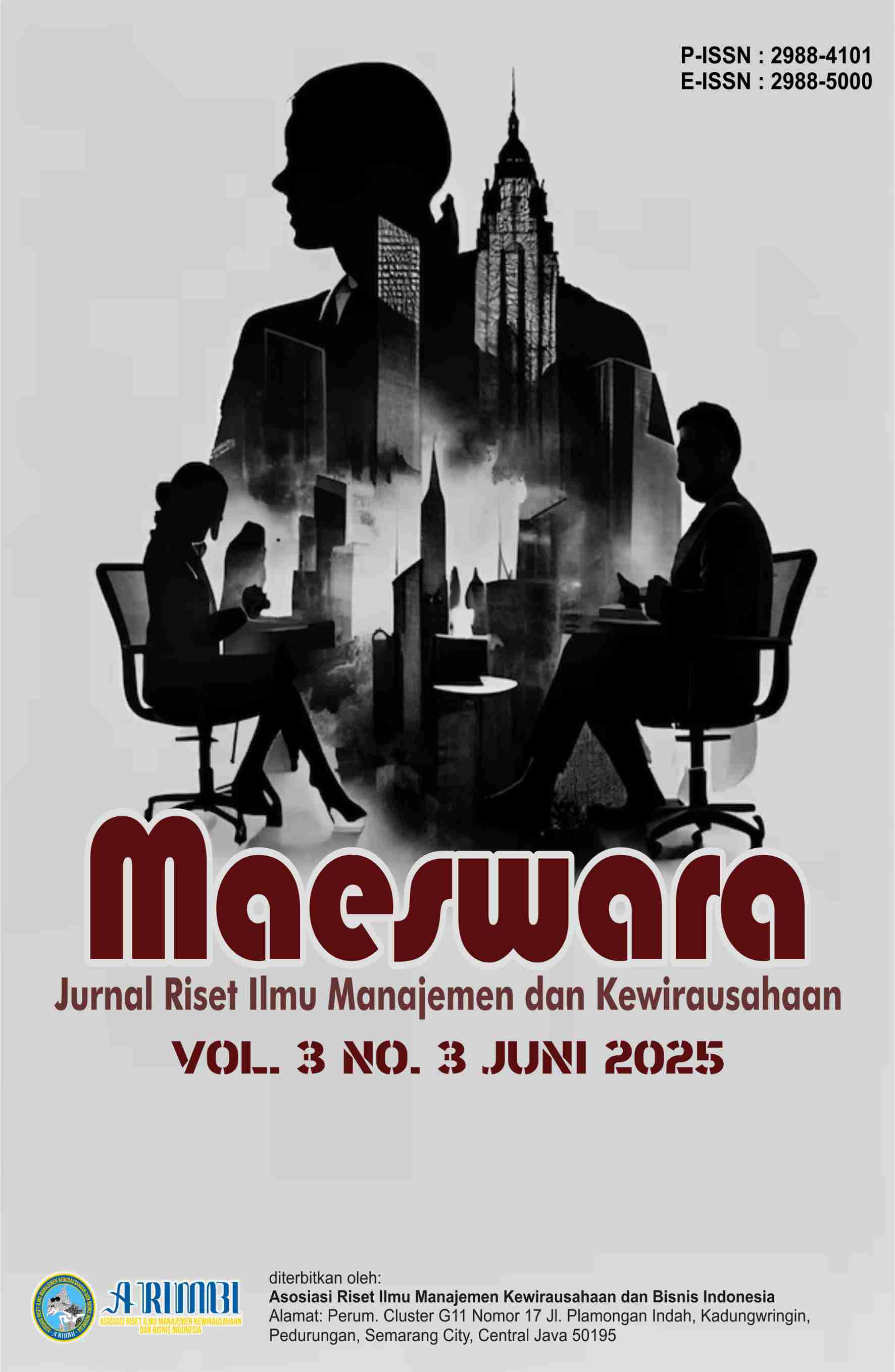Tantangan Literasi dan Inklusi Dana Pensiun serta Dampaknya terhadap Ekonomi Nasional dan Generasi Tua di Indonesia
DOI:
https://doi.org/10.61132/maeswara.v3i3.1782Keywords:
Challenges, Literacy, Inclusion, Pension FundsAbstract
A study on the challenges of pension fund literacy and inclusion in Indonesia concluded that the average level of pension fund literacy in the period 2013 - 2025 only reached 18.08%, while the average level of inclusion in that period only reached 4.23%. The level of pension fund literacy and inclusion in Indonesia is low. In SNLIK 2025, the pension fund literacy rate was 27.79%, while the pension fund inclusion rate was 5.37%. Compared to the 2022 pension literacy rate of 30.46% and the 2022 inclusion rate of 5.40%, this means that pension literacy and inclusion rates are declining. It can be said that out of 10 Indonesians, only 2.7 people “understand” pension funds and only 0.5 (half) people “have” pension funds. This means that for every 10 Indonesians, less than 1 person has a pension fund. Low pension literacy and inclusion has a direct impact in the form of 1) an older generation at risk of poverty or financial dependence on children/family, 2) a continuing sandwich generation cycle, 3) stagnant growth of the pension fund industry, 4) low public trust, and 5) the emergence of public skepticism towards pension funds in the future.
Downloads
References
Asian Development Bank. (2024). Aging well in Asia: Asian Development Policy Report. https://doi.org/10.22617/SGP240253-3
Gallardo, M. L. C., & Libot, B. D. (2017). Financial literacy and retirement preparedness among University of Bohol employees. University of Bohol Multidisciplinary Research Journal, 5.
Gerdeva, A., & Rhyne, E. (2011). Opportunities and obstacles to financial inclusion. Center for Financial Inclusion at ACCION International.
Lusardi, A., & Mitchell, O. S. (2014). The economic importance of financial literacy: Theory and evidence. Journal of Economic Literature, 52(1), 5–44. https://doi.org/10.1257/jel.52.1.5
Notoatmodjo, S. (2010). Metodologi penelitian kesehatan. Rineka Cipta.
Otoritas Jasa Keuangan. (2023). POJK No. 27/2023 tentang Penyelenggaraan Usaha Dana Pensiun.
Otoritas Jasa Keuangan. (2024). Peta jalan pengembangan dan penguatan dana pensiun.
Pemerintah Indonesia. (2023). Undang-Undang Nomor 4 Tahun 2023 tentang Pengembangan dan Penguatan Sektor Keuangan. Jakarta.
Sarma, M. (2012). Index of financial inclusion – A measure of financial sector inclusiveness (Working Paper No. 07/2012). School of International Studies, Jawaharlal Nehru University.
Yunus, S. (2025). Faktor penyebab pekerja tidak paham dana pensiun: Pentingnya edukasi dan digitalisasi industri dana pensiun di Indonesia. AKSIOMA: Jurnal Sains Ekonomi dan Edukasi, 2(2). https://manggalajournal.org/index.php/AKSIOMA/article/view/981/1239
Downloads
Published
How to Cite
Issue
Section
License
Copyright (c) 2025 Maeswara : Jurnal Riset Ilmu Manajemen dan Kewirausahaan

This work is licensed under a Creative Commons Attribution-ShareAlike 4.0 International License.





